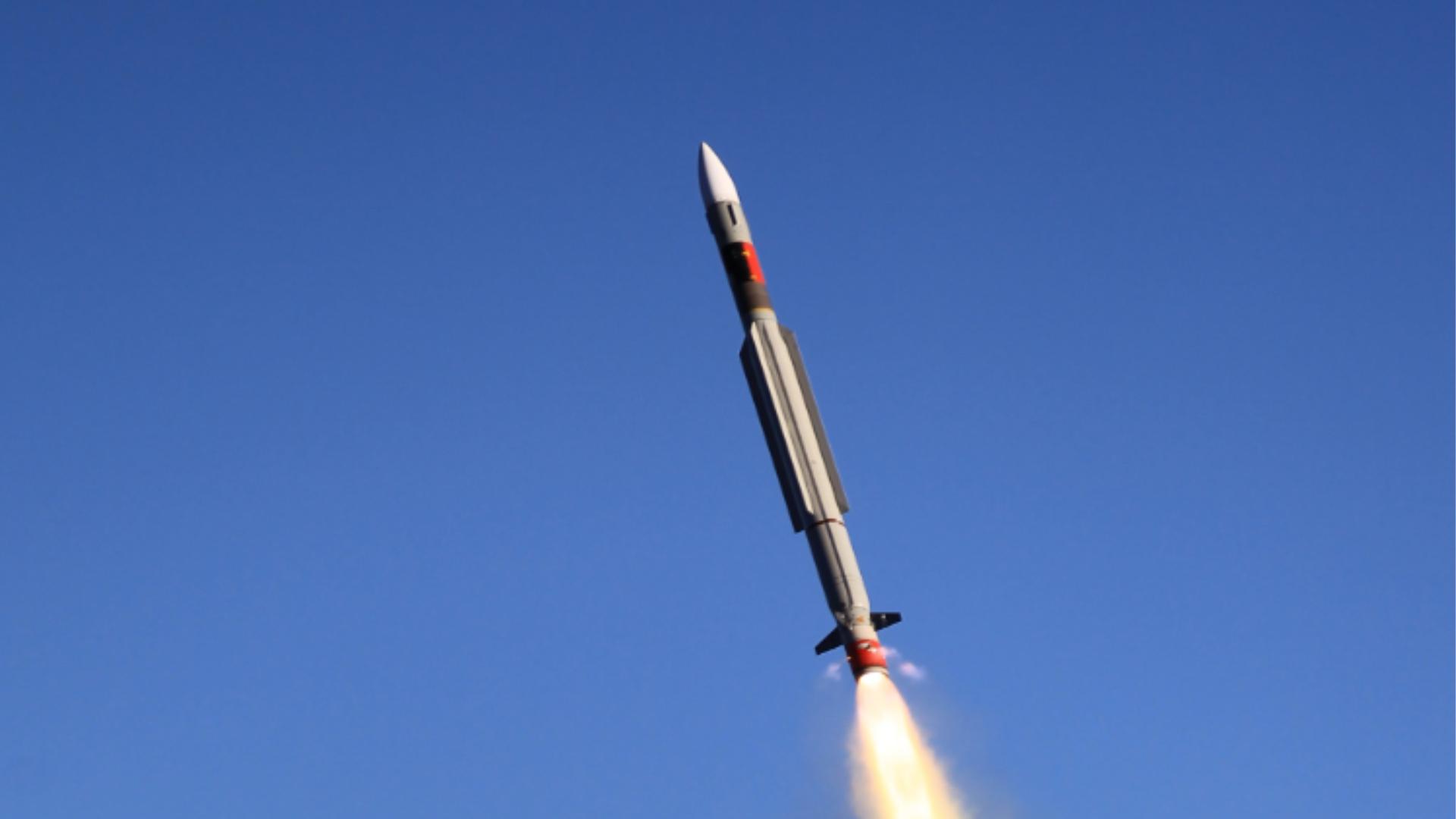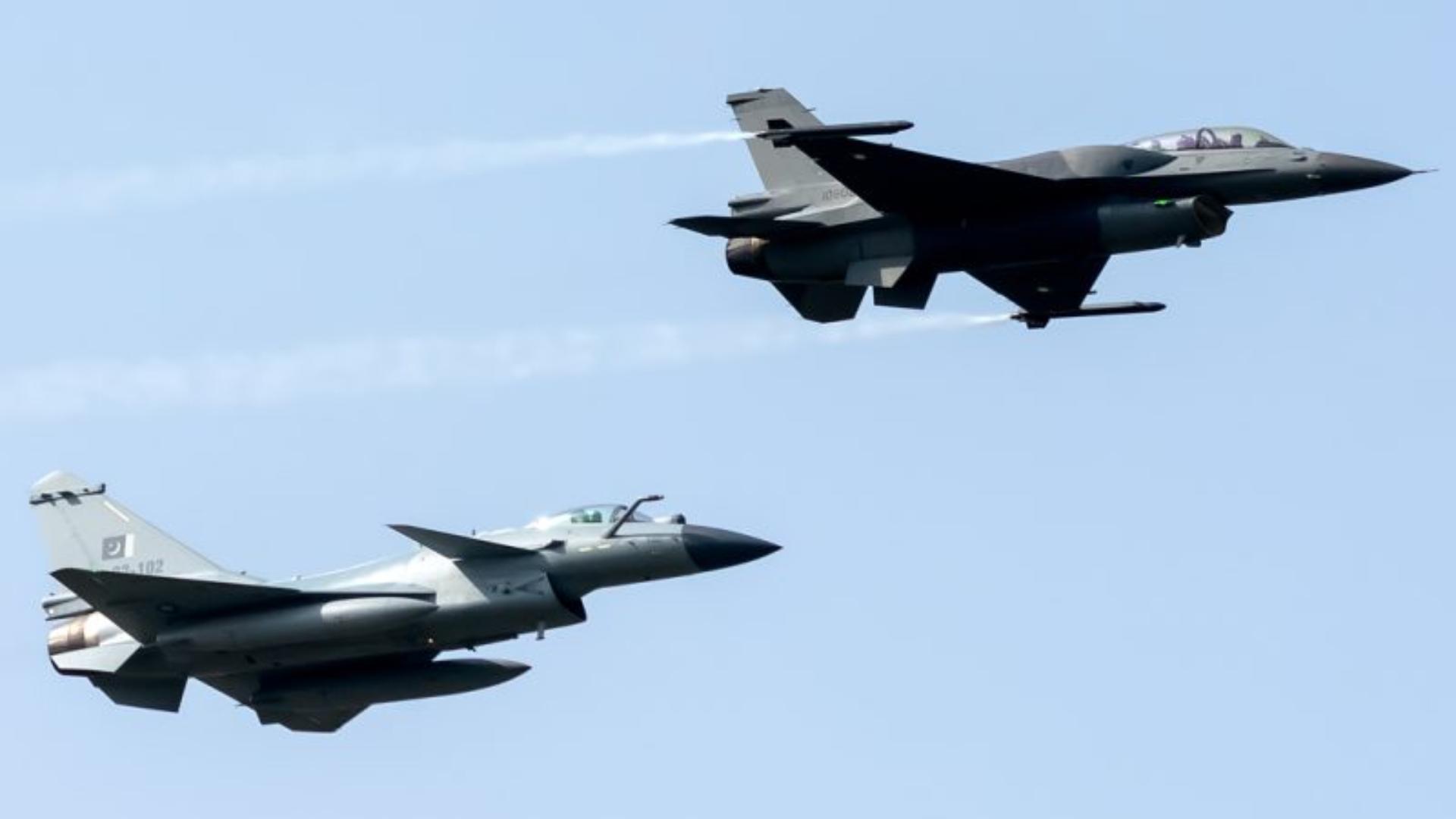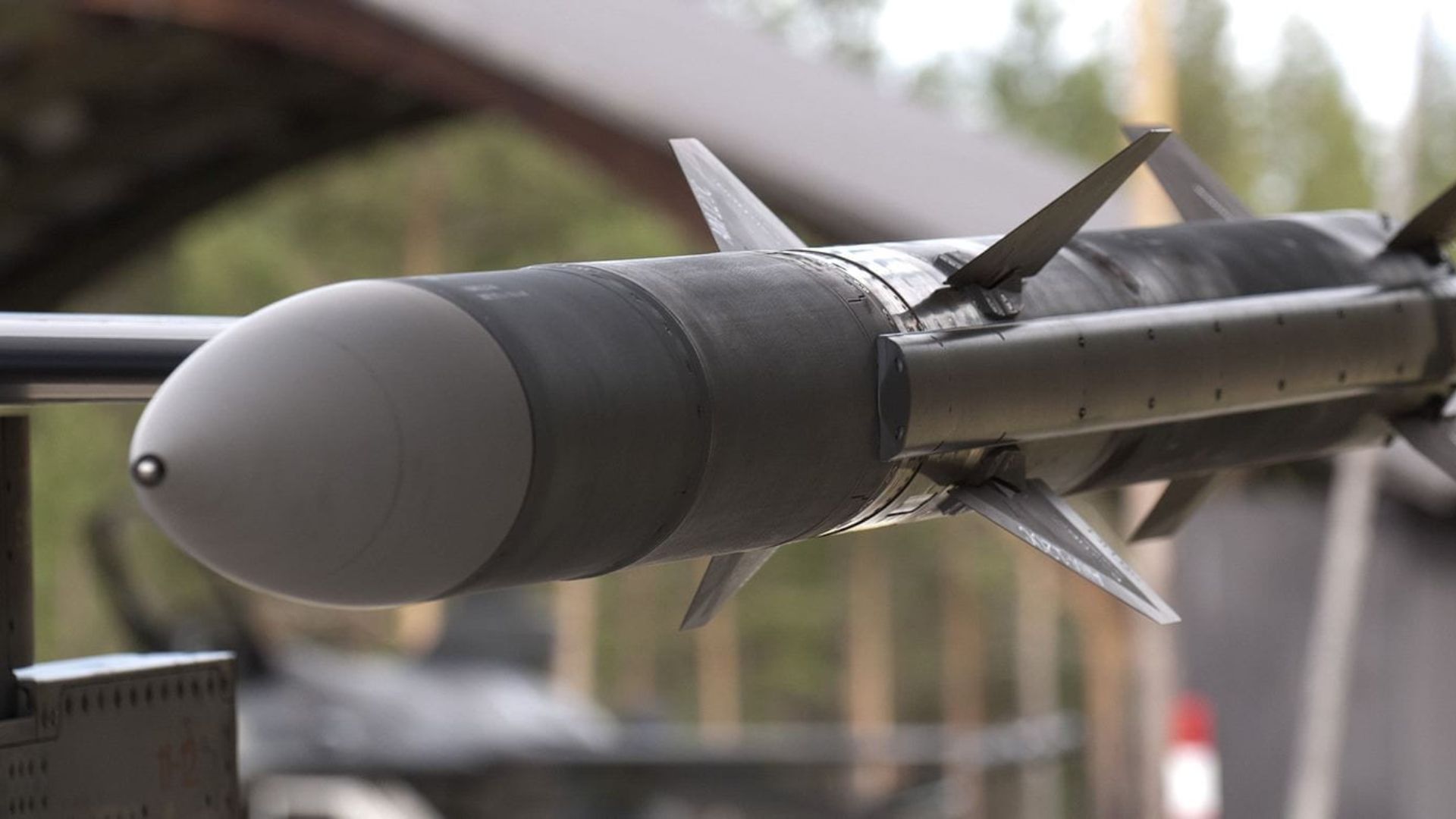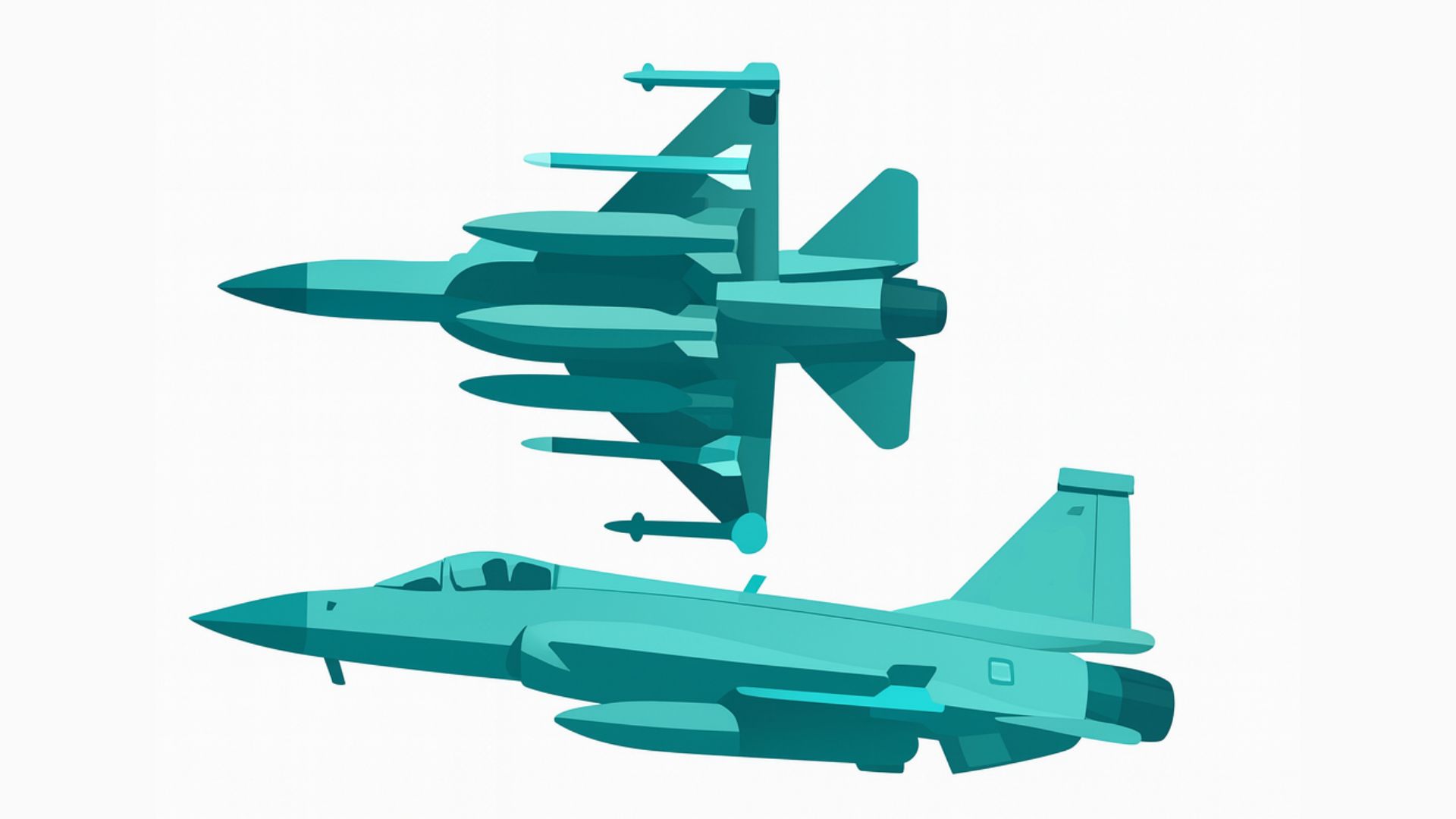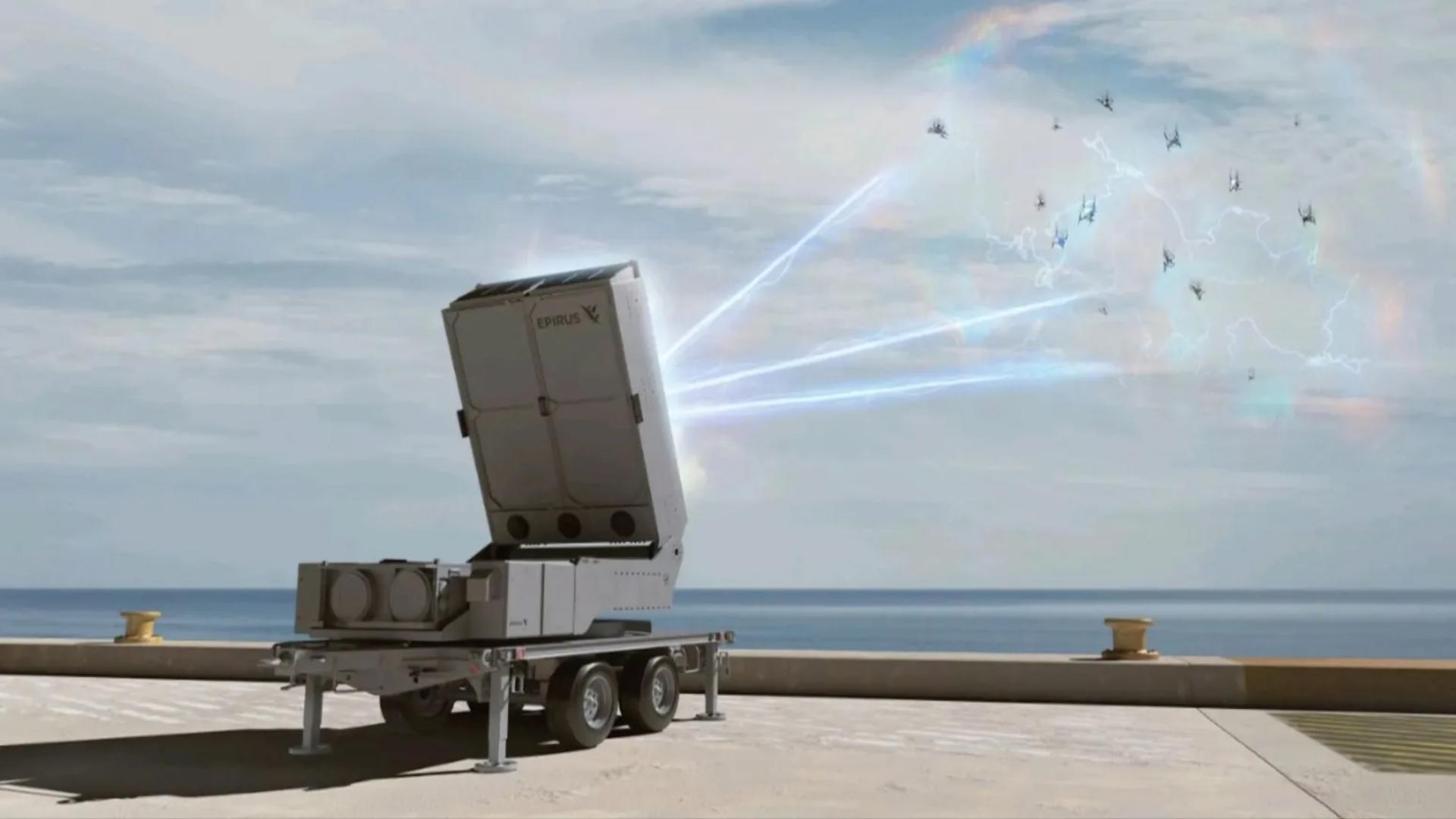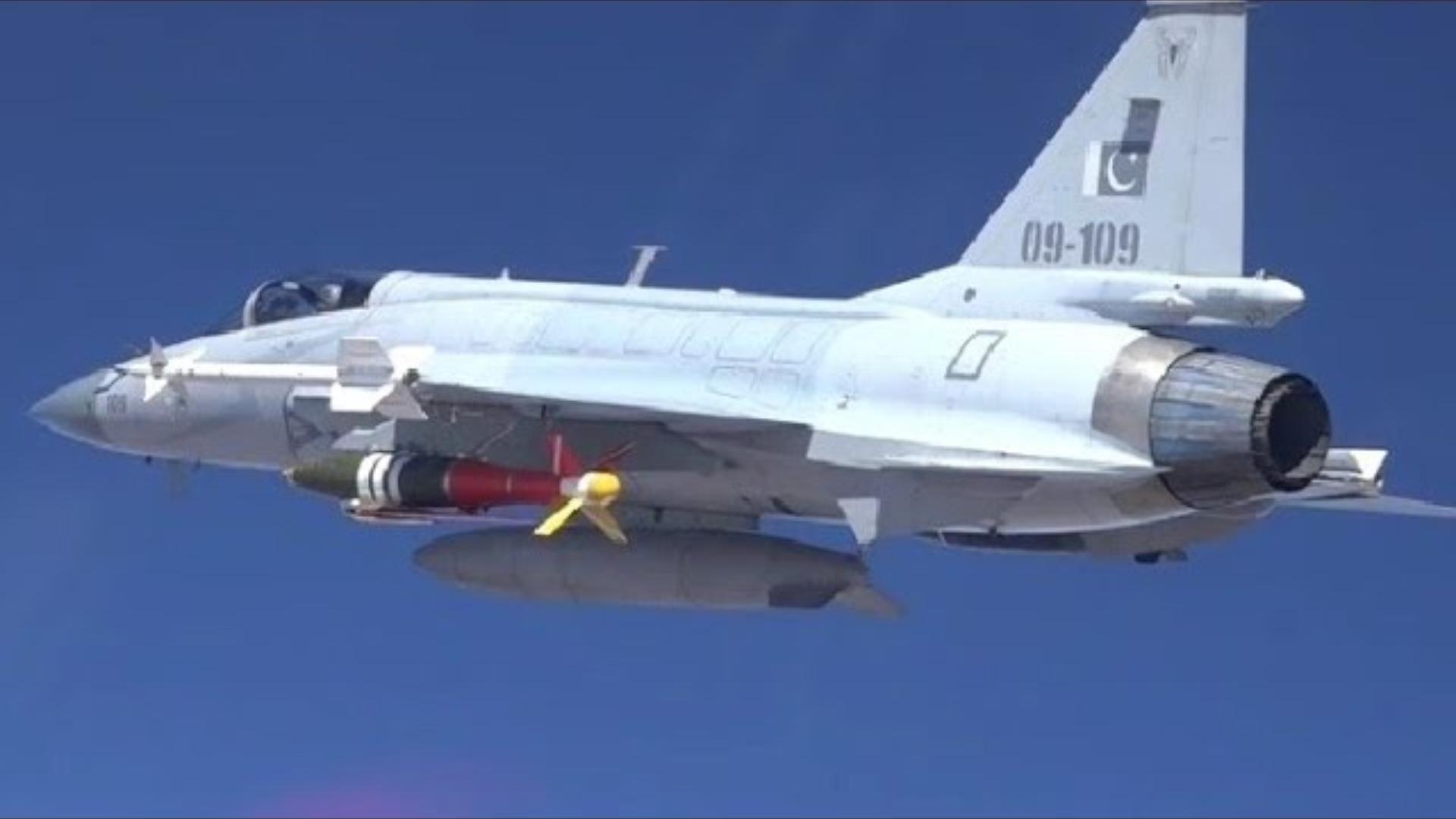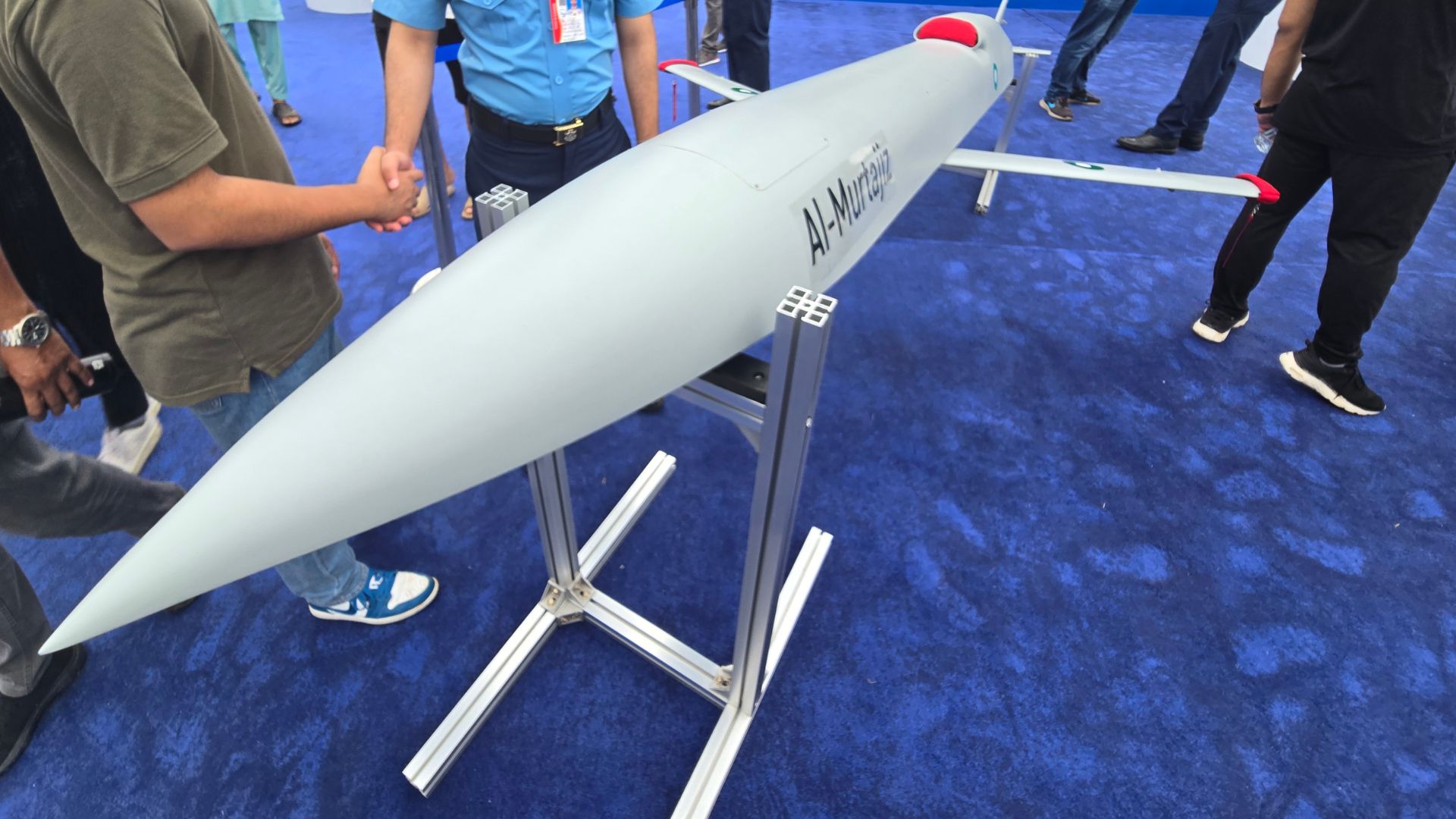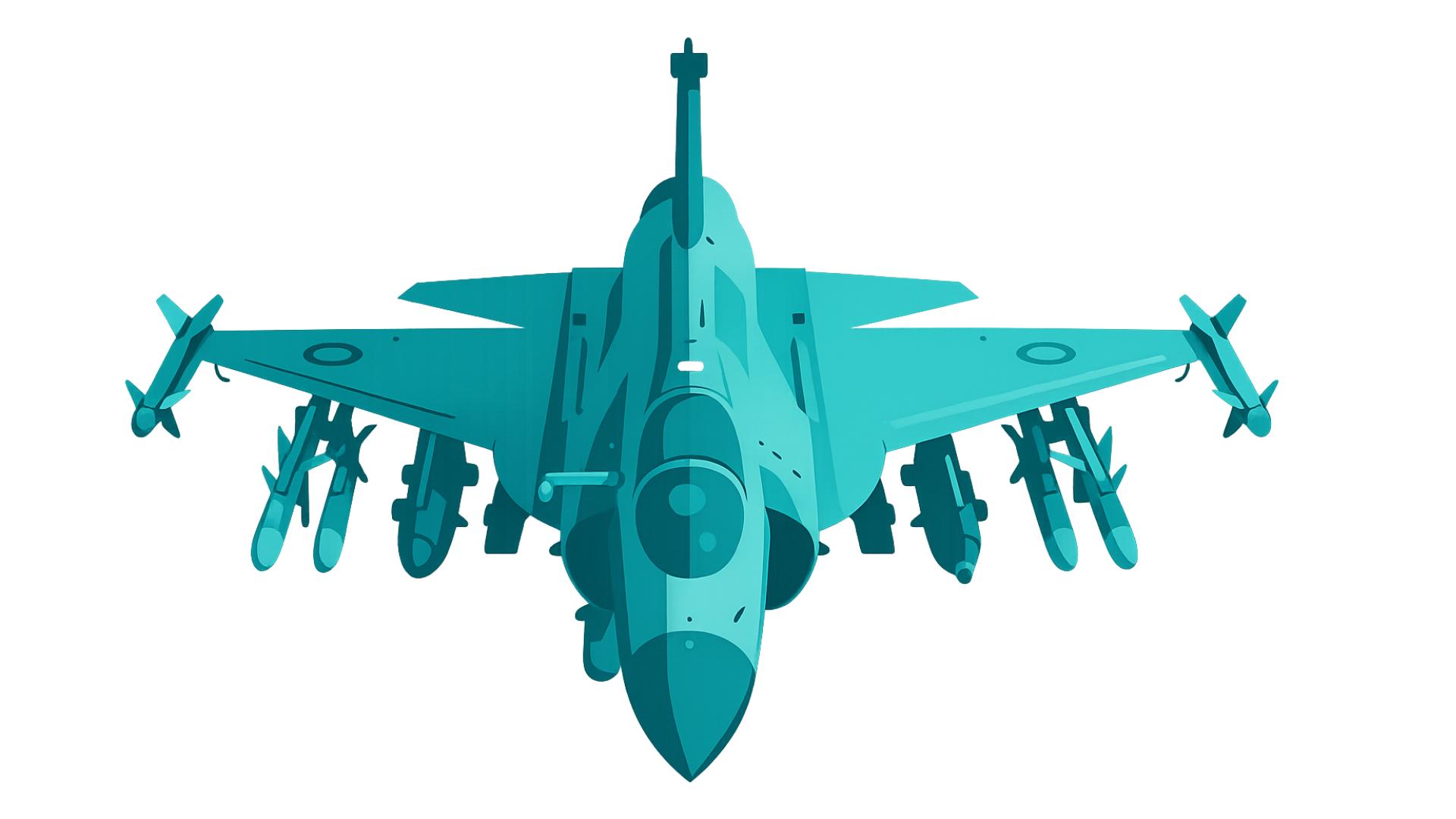Pakistan’s survival in a future war won’t hinge on range, but reaction. A dense, responsive air defence network is what will keep its warfighting alive.
Before investing in stealth fighters, the PAF has a more urgent need: growing its fleet of J-10CE “workhorse” jets for critical combat mass and range.
The Pentagon corrected an earlier contract update to state that a $41.6M adjustment was made for the sustainment of existing AMRAAM stocks in Pakistan.
The PAF’s future strike doctrine is shifting from a platform-centric model to a munitions-first approach, prioritizing a full ecosystem to defeat advanced A2/AD.
How can Pakistan counter drone swarms designed to drain its missile stockpiles? High-powered microwave weapons may be the cost-effective answer.
Pakistan’s $406M satellite deal with China unlocks a hidden multi-billion dollar market for ground-based AI, C4ISR, and data processing infrastructure.
Pakistan is combining its JF-17 fighter with a smart, low-cost glide bomb. Discover the “Boots Theory” and why this duo is a more sustainable weapon than costly missiles.
An analysis of the ARFC’s challenges in building a credible stockpile to sustain a genuine wartime effect.
As part of its showcase for the special event commemorating the 14th of August, the Pakistan Air Force (PAF) showcased what appeared to be a drone or loitering munition called the “Al-Murtajiz.”
US policies in 2016-2017 prompted Pakistani defence planners to largely shut American – and many European – vendors out of the Pakistani defence market.

